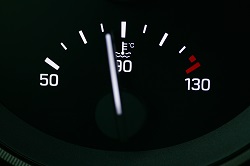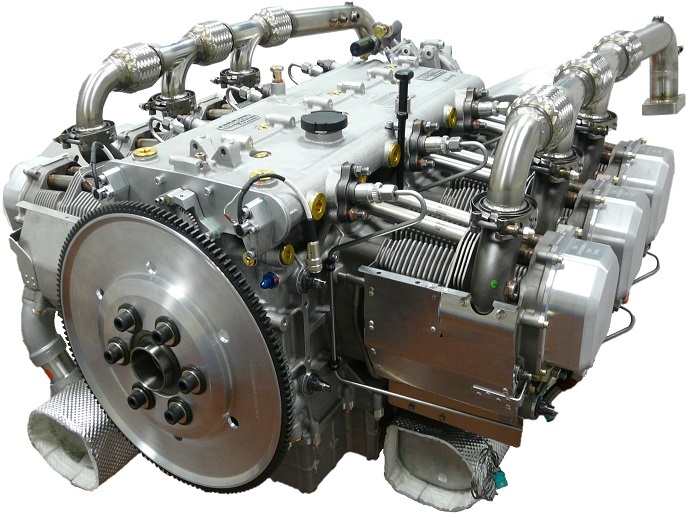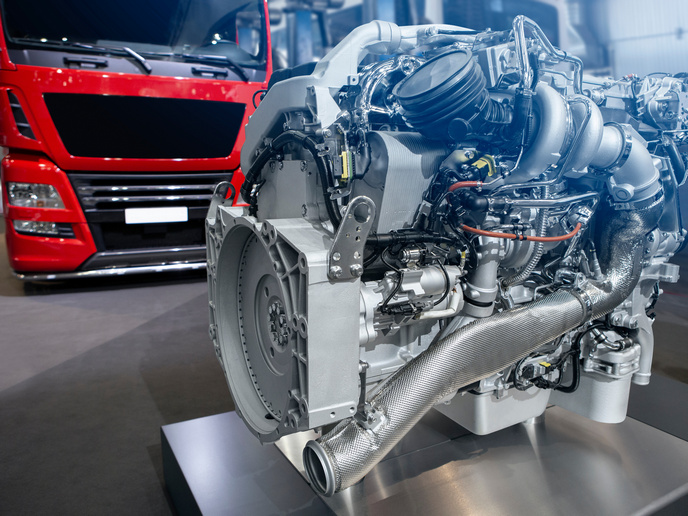Sparking an engine revolution in road transportation
Transforming the way vehicles are powered would go a long way to meeting ambitious targets set by the European Commission for emissions of CO2, noxious gases and nanoparticles. Hearing this urgent need, the UPGRADE project has been working on a revolution in engine technology, making them cleaner, leaner and more efficient. “The UPGRADE programme was born with the ambitious aim of developing the next-generation spark-ignited gasoline engines, to comply with post-2020 targets through a combination of several innovative engine technologies,” says Stefania Zandiri, a chemical engineer at Centro Ricerche Fiat (CRF) and UPGRADE project coordinator. Spark-ignited(opens in new window) (SI) engines are generally run on petrol, where the internal mixture of fuel and air is ignited by a spark to get the engine running. UPGRADE focused on SI Gasoline Direct Injection (GDI) engines, commonly used in light-duty road vehicles. “Next-generation SI gasoline engines will be able to implement strategies to reduce CO2 and noxious emissions through innovative enabling technologies optimised in the best possible combination, most of them already analysed and tested in the UPGRADE project. Further improvements are expected with the introduction of hybrid solutions,” Zandiri says. A demonstration vehicle, based on the Jeep Renegade, demonstrated a CO2 reduction of 13 % compared to the vehicle reference.
Under the hood
The UPGRADE project used newly developed demonstrator vehicles equipped with new engine technology and associated computer models. “Fuel consumption, nanoparticle formation processes and optimisation of the after-treatment system control have been improved and optimised,” says Zandiri. A new soot modelling system specifically tuned to GDI engines was able to predict soot distribution from engines, meaning car makers will be able to develop faster and better engines, while taking into account tiny particles below 23 nm. “In parallel, understanding and predicting soot formation mechanisms for smaller particulates, between 10 nm and 23 nm, has been largely improved. This allows car manufacturers to understand technological levers that can be exploited to decrease particulate production numbers. It also enables them to develop the next generation of cleaner GDI engines,” says Zandiri.
Showing off the goods
The demo car went through witness testing at the European Commission’s Joint Research Centre(opens in new window) in Ispra, Italy. Here, regulated and unregulated emissions were tested in real driving conditions via a Portable Emissions Measurement System. “All the pollutant emissions have given results below the limit values,” adds Zandiri. The technological concepts developed in the UPGRADE project will have a strong effect on engine evolution, in Europe and potentially far beyond. In moving towards a highly efficient, cleaner model for SI engines, this will also impact the competitiveness of the market, and the positive results will be compounded. “This solution was able to demonstrate the potential of gasoline engines and vehicles as key pillars for current and future passenger cars by means of innovative solutions. Thanks to these results, it’s clear that new generations of extremely efficient and clean engines are possible,” explains Zandiri. Hybrid solutions developed in the next few years will advance engines further, driving the green revolution underway in car technology, reducing the environmental impact of road transportation and creating healthier conditions for our planet.







